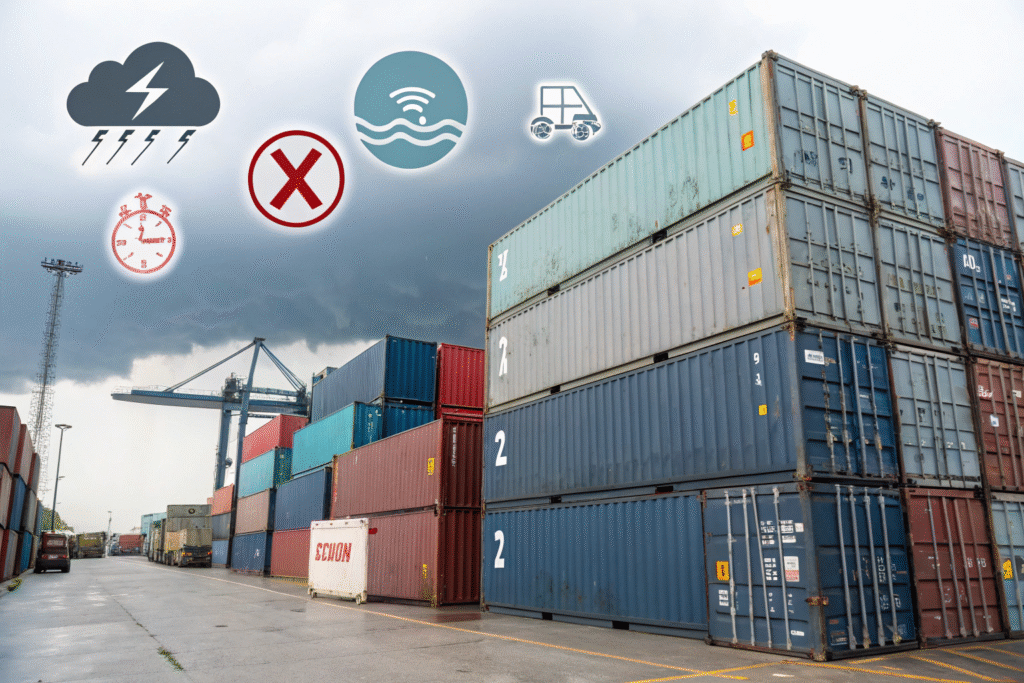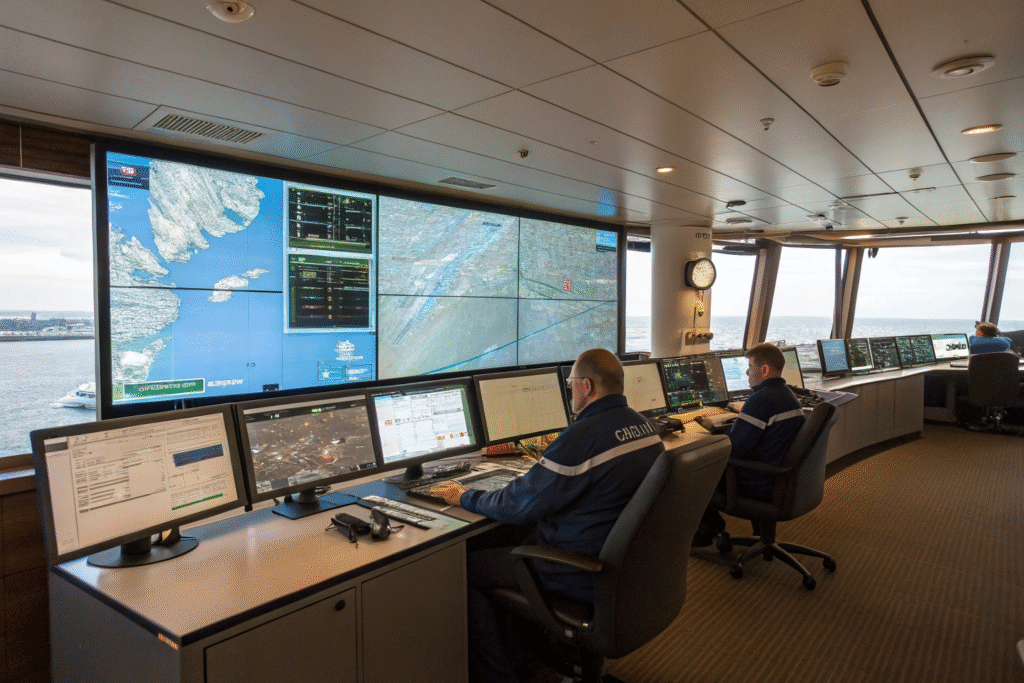In global trade, every shipment carries uncertainty. From weather disruptions at sea to cargo theft on land or customs delays at borders, risks in logistics are unavoidable. For importers sourcing from China to the U.S. or Europe, the financial impact of these risks can be severe.
Freight forwarders manage risk by applying preventive strategies, leveraging insurance policies, and using both academic supply chain frameworks and practical expertise to safeguard cargo.
With my academic background in supply chain risk management and professional practice as a freight forwarder in China, I know that effective risk management is not only about buying insurance—it is about integrating theory with operational decision-making.
What risks do freight forwarders help mitigate?
Every shipment is exposed to multiple categories of risk, each requiring different mitigation strategies.
Forwarders identify, assess, and minimize risks across physical, financial, and regulatory dimensions.

What are the major categories of risk?
- Physical risks – cargo damage, natural disasters, or mishandling.
- Delay risks – port congestion, strikes, or customs inspections.
- Financial risks – hidden surcharges, rate volatility, or non-payment.
- Political/regulatory risks – tariffs, sanctions, or sudden policy changes.
How do forwarders reduce exposure?
The International Federation of Freight Forwarders Associations (FIATA) provides guidelines for risk control. In practice, forwarders diversify carriers, plan alternative routes, and ensure supplier compliance. Academically, this reflects risk diversification models, where spreading exposure lowers vulnerability.
How do freight forwarders use insurance to protect cargo?
Even with preventive strategies, certain risks cannot be eliminated. This is where cargo insurance becomes essential.
Forwarders arrange insurance coverage tailored to cargo value, mode of transport, and trade terms.

What types of cargo insurance exist?
- All-risk coverage – broad protection against most loss or damage.
- Named perils coverage – limited to specific risks like fire or collision.
- Total loss coverage – compensation if an entire shipment is lost.
Why is insurance critical?
According to the International Chamber of Commerce, INCOTERMS 2020 assigns responsibility for insurance under specific trade terms like CIF and CIP. Without insurance, shippers bear full liability for losses, even when incidents are beyond their control.
What strategies improve freight risk management?
Risk management goes beyond insurance—it involves proactive planning, compliance, and the use of digital tools.
Forwarders combine technology, documentation control, and predictive analytics to anticipate and manage disruptions.

How does technology enhance risk control?
Platforms like CargoSmart and FourKites provide real-time cargo tracking and predictive alerts. Academic supply chain resilience theory confirms that visibility reduces risk impact by enabling faster response.
Why is compliance a key strategy?
The World Customs Organization stresses accurate HS codes and documents for smooth clearance. Forwarders verify paperwork in advance, preventing fines and delays. This aligns with academic compliance frameworks that emphasize preventive governance.
How do forwarders balance costs and risk for clients?
Risk management always involves trade-offs. Over-insuring shipments increases costs, while under-insuring exposes businesses to losses.
Forwarders guide clients in selecting coverage and strategies that balance protection with cost efficiency.

How do forwarders advise on insurance decisions?
They evaluate cargo value, transport mode, and risk profile. For example, fragile electronics often require all-risk coverage, while bulk raw materials may only need total loss coverage.
What academic principles apply?
In logistics research, expected value theory suggests businesses should insure when the potential loss outweighs insurance premiums. Forwarders apply this principle daily, ensuring clients protect assets without overspending.
Conclusion
Freight forwarders manage risk and insurance through a combination of preventive planning, tailored coverage, and resilience strategies. They mitigate risks, arrange appropriate insurance, leverage technology, and advise clients on balancing cost and protection.
From my academic perspective, these practices align with risk management models and resilience frameworks in supply chain studies. From my professional experience, I know that forwarders are not just intermediaries but risk managers who protect cargo and business continuity. In today’s volatile trade environment, partnering with a knowledgeable freight forwarder transforms logistics risk from a threat into a controlled variable.









